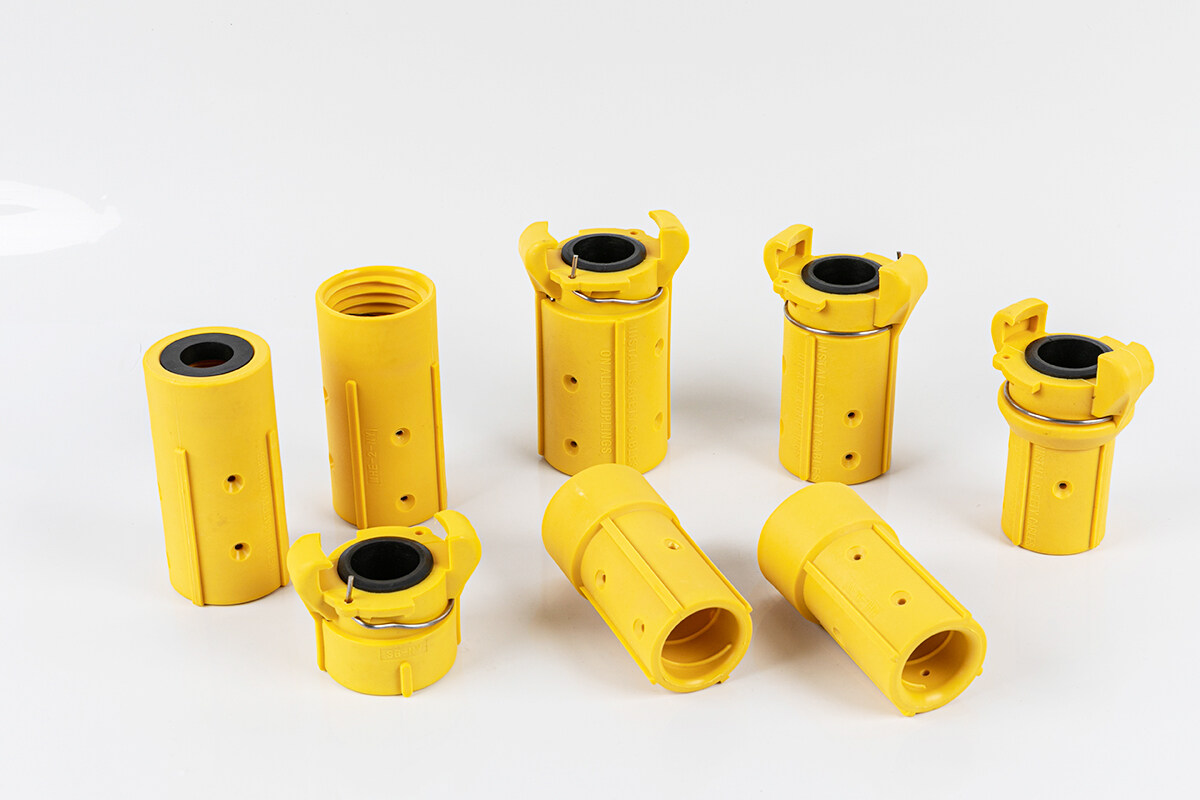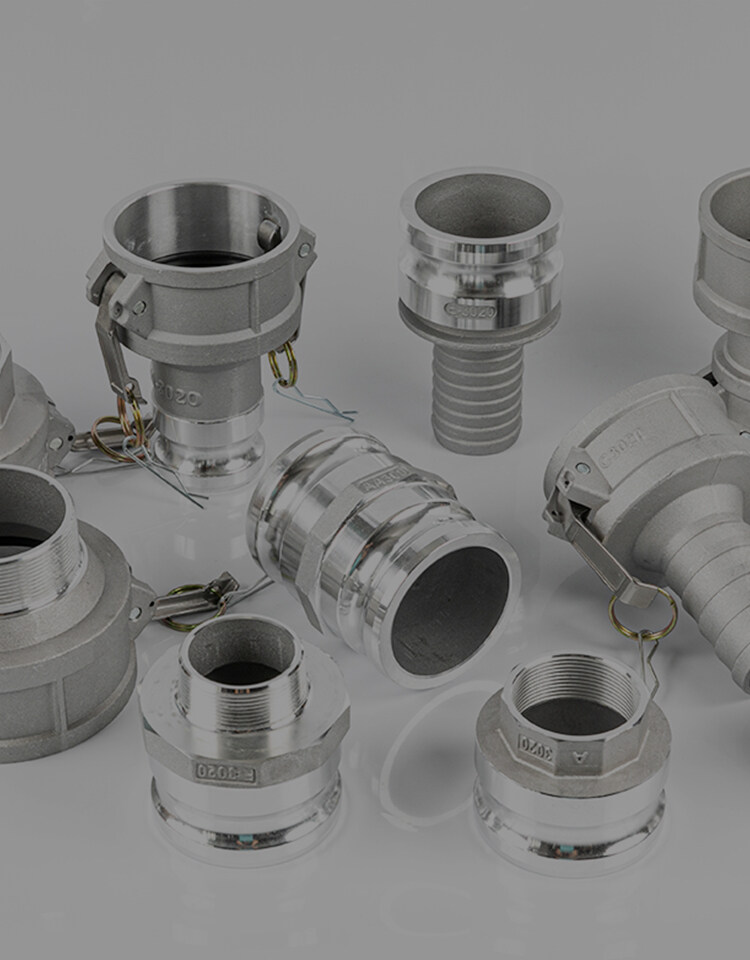Email format error
Email cannot be empty
Email already exists
6-20 characters(letters plus numbers only)
The password is inconsistent
Email format error
Email cannot be empty
Email does not exist
6-20 characters(letters plus numbers only)
The password is inconsistent

News
Here, you can describe a piece of text you want to express

Exploring the World of Cam Hoses: An In-Depth Guide
In the vast and intricate world of industrial components, cam hoses might not be the most glamorous, but they play a crucial role in various applications. Whether you're a seasoned professional or someone new to the industry, understanding cam hoses can provide valuable insights into how different systems function efficiently. This blog will delve into what cam hoses are, their applications, benefits, and some interesting facts that might surprise you.
What Is a Cam Hose?
At its core, a cam hose is a type of flexible hose used in industrial settings to transport liquids or gases. The "cam" in cam hose refers to the cam and groove coupling mechanism that connects the hose to various components. This coupling system is renowned for its ease of use and reliability. Cam hoses are designed to handle a wide range of substances, from water to chemicals, making them versatile tools in many industries.
The Cam and Groove Coupling Mechanism
One of the standout features of cam hoses is their cam and groove coupling mechanism. This coupling system consists of two main parts: the cam lock and the groove. The cam lock is a mechanism that allows for quick and secure connections between hoses and other components. The groove is a fitting that ensures a snug and leak-proof seal. Together, these components make the cam hose easy to connect and disconnect, saving time and effort in various operations.
Applications of Cam Hoses
Cam hoses are used in a variety of industries, each with its unique requirements. Here are some common applications:
Agriculture: In the agricultural sector, cam hoses are employed for irrigation systems. Their flexibility and durability allow them to handle the rough conditions often encountered in farming environments. They are also used in the transfer of fertilizers and pesticides.
Construction: On construction sites, cam hoses are used to transport water and other fluids needed for various tasks. Their ability to withstand pressure and abrasion makes them ideal for these demanding environments.
Manufacturing: In manufacturing facilities, cam hoses are used to transport chemicals, oils, and other substances necessary for production processes. The cam and groove coupling ensures a secure connection, minimizing the risk of spills or leaks.
Food and Beverage: The food and beverage industry relies on cam hoses for transferring liquids such as water, juices, and even cleaning solutions. The materials used in cam hoses for this industry are chosen to meet stringent hygiene standards.
Marine: Cam hoses are also utilized in marine applications, including the transfer of fuel and other fluids on ships. Their resistance to corrosion and ability to handle various pressures make them suitable for maritime conditions.
Benefits of Cam Hoses
Cam hoses offer several advantages that make them a preferred choice in many applications:
Ease of Use: One of the primary benefits of cam hoses is their ease of connection and disconnection. The cam and groove coupling system allows for quick and simple operations, which can be especially useful in fast-paced environments.
Flexibility: Cam hoses are highly flexible, allowing them to bend and maneuver around obstacles without kinking. This flexibility is crucial in applications where hoses need to be routed through tight spaces.
Durability: Built to withstand various pressures and conditions, cam hoses are known for their durability. They are resistant to abrasion, chemicals, and UV rays, making them suitable for demanding environments.
Leak Prevention: The cam and groove coupling system provides a secure and leak-proof seal. This feature is essential in applications where even a small leak can lead to significant issues or safety hazards.
Variety: Cam hoses come in various sizes, materials, and configurations, making them versatile and adaptable to different needs. Whether you need a hose for heavy-duty industrial use or a lightweight option for lighter tasks, there’s likely a cam hose that fits your requirements.
Choosing the Right Cam Hose
Selecting the right cam hose for your application involves considering several factors:
Material: Cam hoses are made from various materials, including rubber, PVC, and silicone. The choice of material depends on the substances being transported and the conditions the hose will be exposed to.
Size: The diameter and length of the cam hose should be appropriate for the flow rate and distance of your application. Ensuring the correct size helps in maintaining efficient operation and avoiding blockages or leaks.
Pressure Rating: Different cam hoses have different pressure ratings. It’s essential to choose a hose that can handle the pressure of the substances being transported to avoid damage or failure.
Temperature Tolerance: If your application involves high or low temperatures, make sure to select a cam hose that can tolerate these conditions. Some materials are better suited for extreme temperatures than others.
Compatibility: Ensure that the cam and groove coupling system of the hose is compatible with the fittings and components you plan to use. Compatibility is key to achieving a secure and leak-proof connection.
Maintenance and Care
To ensure the longevity and performance of cam hoses, regular maintenance and care are essential:
Inspection: Regularly inspect cam hoses for signs of wear, damage, or leaks. Early detection of issues can prevent more significant problems down the line.
Cleaning: Depending on the substances transported, cam hoses may need to be cleaned periodically. Follow the manufacturer’s guidelines for cleaning to avoid damaging the hose.
Storage: When not in use, store cam hoses in a clean, dry area away from direct sunlight and harsh chemicals. Proper storage helps prevent premature aging and degradation.
Replacement: Replace cam hoses that show signs of significant wear or damage. Continuing to use a compromised hose can lead to safety hazards and operational inefficiencies.
Interesting Facts About Cam Hoses
Historical Roots: The concept of cam and groove couplings has been around for decades, with advancements in materials and manufacturing techniques enhancing their performance over time.
Custom Solutions: Many manufacturers offer custom cam hoses tailored to specific applications. This customization can include unique materials, sizes, and coupling configurations.
Global Reach: Cam hoses are used worldwide in various industries, demonstrating their versatility and importance in different sectors.
Innovation: Ongoing innovations in hose technology continue to improve the performance and reliability of cam hoses, making them even more effective in their applications.
Conclusion
Cam hoses might not always be the star of the show, but their role in various industries is undeniably significant. Their ease of use, flexibility, and durability make them indispensable in many applications, from agriculture to manufacturing. By understanding the features and benefits of cam hoses, you can make informed decisions about their use and maintenance, ensuring that they continue to perform effectively in their respective roles. Whether you’re a professional in the field or just curious about industrial components, cam hoses are a fascinating topic with much to explore.

